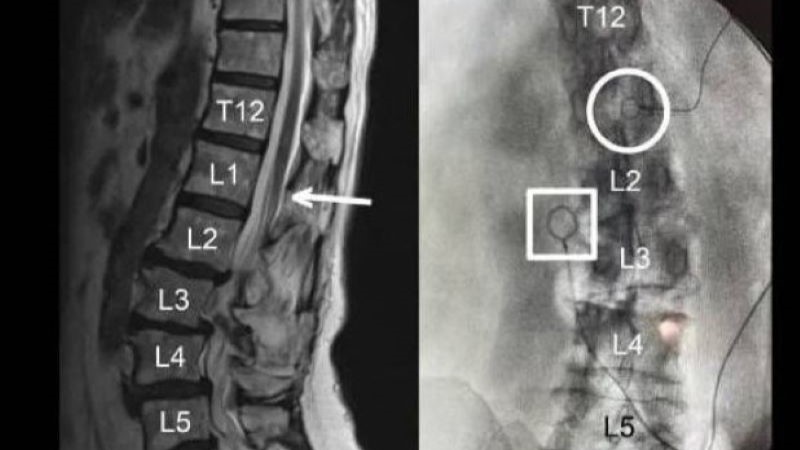
Despite total knee arthroplasty (TKA) becoming increasingly more common, debate remains on the optimal approach. One aspect of the debate is whether cemented versus uncemented TKA is superior. In a recent study, researchers compared the costs and cost-effectiveness of cemented versus uncemented TKA one year postoperatively, as well as short-term functional outcomes.
“Although of utmost importance for surgeons and both public and private payers, cost differences are often overlooked when comparing both methods. Modern uncemented implants are often more expensive than their cemented counterparts, but prolonged duration of surgery and additional equipment (cement and mixing equipment) are inherent to cemented TKA,” the researchers observed.
To conduct the present study, they assessed 60 cemented and 50 uncemented Low Contact Stress (LCS) knee systems. The main outcome measure was quality adjusted life years (QALYs), calculated using the EuroQol5D-3 L (EQ5D) index. Direct costs in the hospital setting (inpatient cost) plus direct and indirect costs outside the hospital were combined to determine the total costs. Cemented and uncemented knees underwent comparisons one-year postoperatively for cost-effectiveness, Oxford Knee Score (OKS) and Numeric Rating Scale (NRS).
Of the total 110 TKA patients, 61 were female, and the mean (SD) age was 65 (9) years. Median inpatient and outpatient costs did not largely differ between the cemented (€11,131) and uncemented (€13,640) groups. At one year postoperatively, the median cost-effectiveness was €16,269 in the cemented TKA group and €17,727 in the uncemented TKA group (P=0.50). NRS pain at rest scores were 0.0 in both groups (P=0.75); NRS pain during activity was 1.0 in both group (P=0.48). The median OKS in the cemented TKA group was 44, compared to 42 in the uncemented TKA group (P=0.79).
The study was published in BMC Musculoskeletal Disorders.
“Overall costs and cost-effectiveness including both in-patient and out-patient costs at 1 year after cemented and uncemented knee replacement were comparable. Cost should not be a concern associated with uncemented TKA, especially in the modern market where the additional costs compared to a cemented implant tend to become less significant. However, long-term results from registries warrant caution when using (uncoated) uncemented implants,” the study authors concluded.







 © 2025 Mashup Media, LLC, a Formedics Property. All Rights Reserved.
© 2025 Mashup Media, LLC, a Formedics Property. All Rights Reserved.